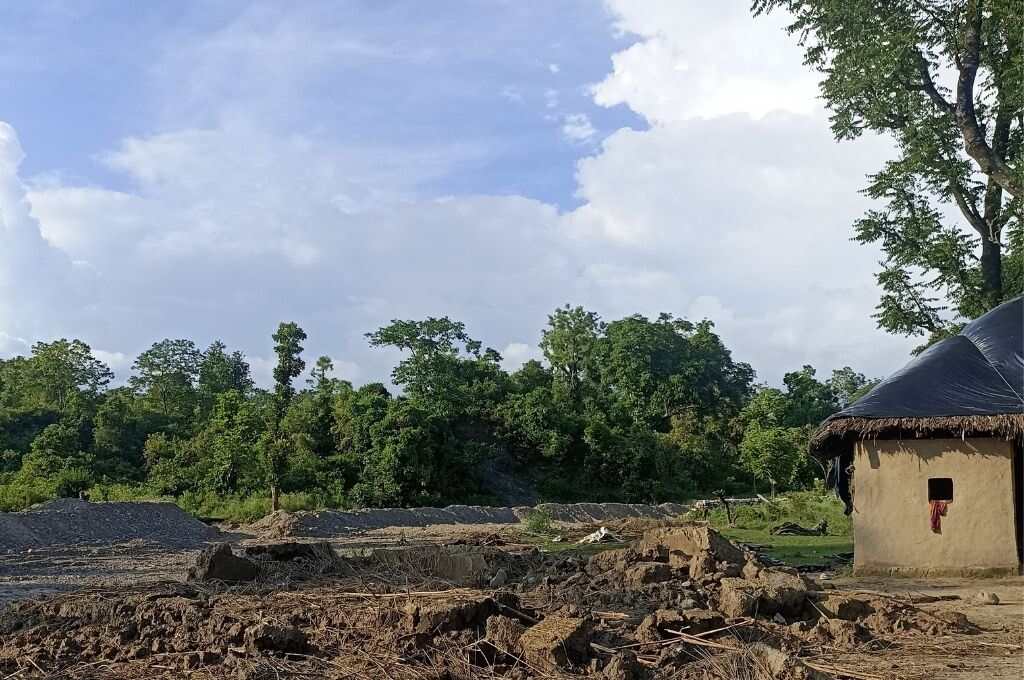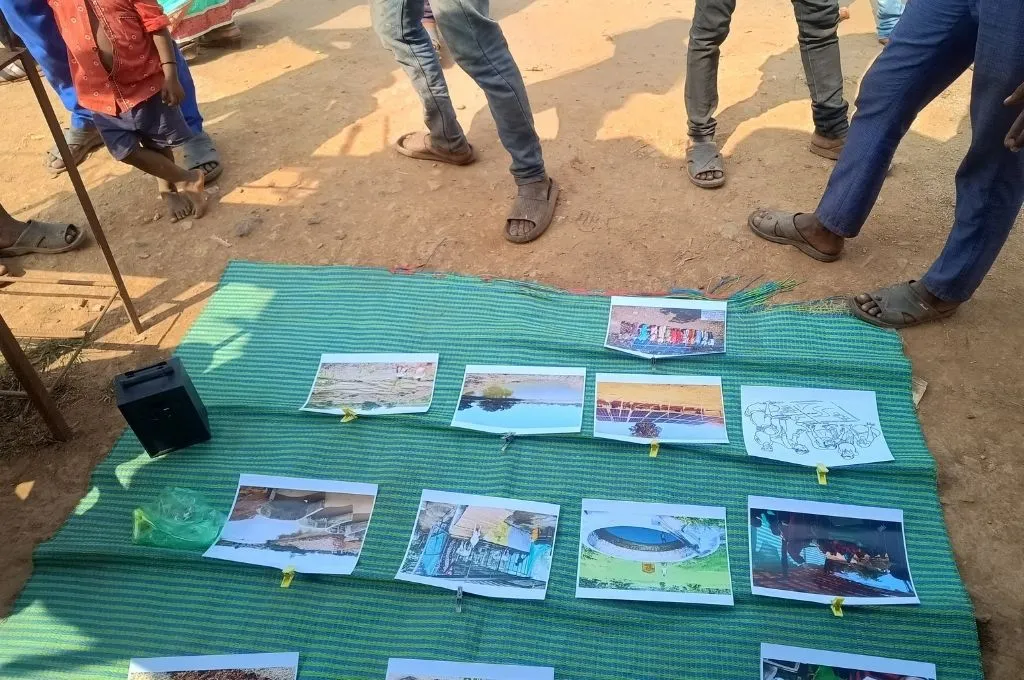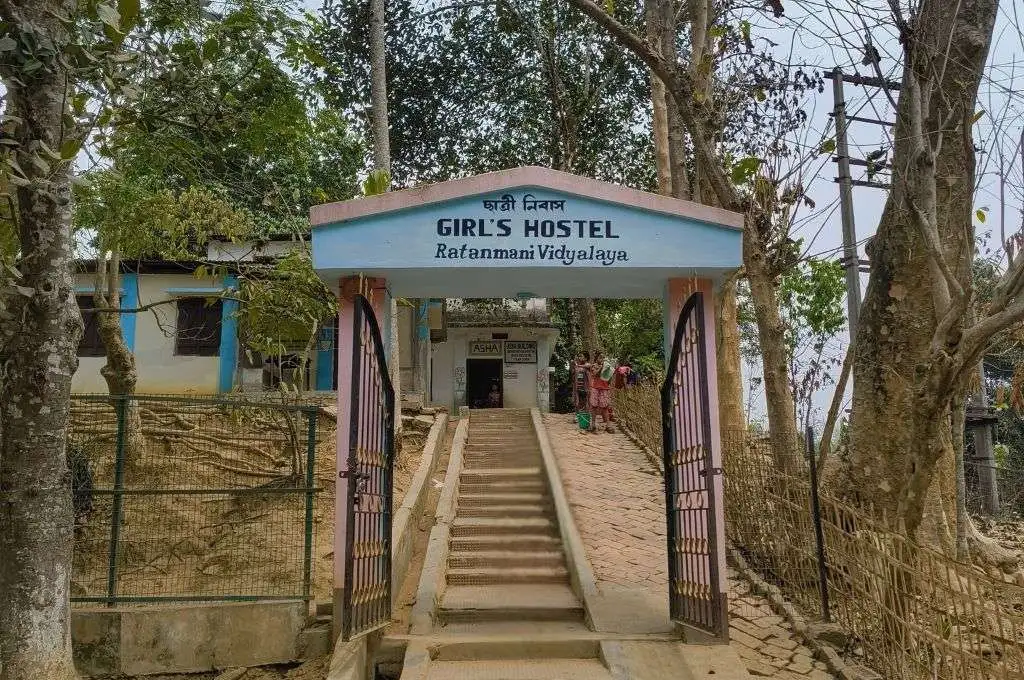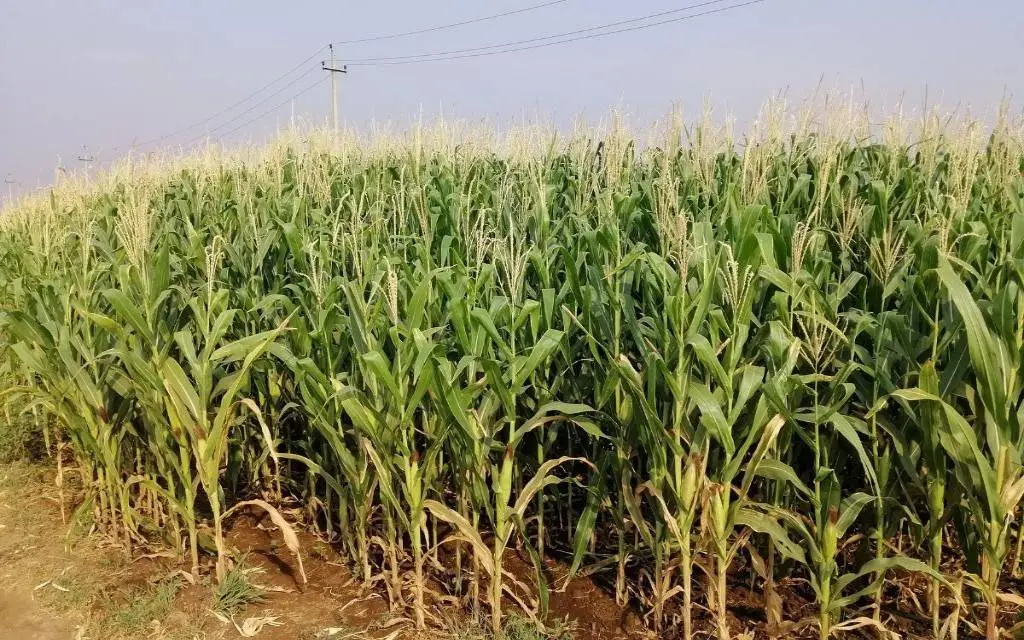READ THIS ARTICLE IN
Highway to the danger zone: The Char Dham project and the Van Gujjars

In 2023, when the rains arrived a few weeks early and were heavier than usual, the water levels in the Ganga river swelled within a week—it usually takes a month for the river to assume such proportions. This caused a flood that washed away nine of the approximately 100 houses in the Naouki settlement in Uttarakhand’s Haridwar district. While floods are not a new phenomenon in Haridwar, they have never had such a severe impact on Naouki, which houses the Van Gujjars—a pastoralist and semi-nomadic community.
The Van Gujjars blame this on the retaining walls built by the National Highway Authority of India (NHAI) for the Char Dham National Highway Project. Yaqoof, a resident of the settlement, says, “Sau saal se paani nahi aaya itna, iss saal baarish bhi bohot hui aur rasta bhi bann raha hai. Unhone baandh lagaya hai, aap dekhe to baju se jaane wali nadi sukhi hai aur paani saara hamare gharo mein aa gaya hai.” (It has not rained this much in a century; not only did it rain a lot this year, but they are also making a road. They have constructed barriers there—you’ll see that the stream adjacent to the road is dry and all the water has entered our homes instead.)
The NHAI usually takes area maps into consideration to assess potential damage in case of a flood. In this instance, too, they created underground channels to redirect the flow of water. However, the official maps of the area do not mention the settlement because the forest department doesn’t consider Van Gujjars as permanent settlers on the land. The Naouki settlement is not officially recognised as belonging to the Van Gujjar community, though they are actively campaigning for their rights over this piece of land.
The flood lasted for two days and they received some help from nearby villages and local community organisations on the third day. “Sab log apna apna ghar bachaane mein jud gaye. Koi mitti ki boriyo ka baandh laga raha hai, koi paani nikaal raha hai, kuch log sab hone ke baad baahar aake nadi palli taraf modne ki koshish mein jud gaye (Everyone was trying to save their own house. Some people were trying to build bunds with sandbags, and once done with that they were helping others who were trying to change the course of the river),” said Gulam Rassol, another resident.
In the aftermath of the flood, when the disaster management committee arrived, they didn’t visit the Van Gujjars and instead went to the nearby villages. The financial compensation that was provided as part of flood relief in the area was directed to those village panchayats. Although the villages helped the Van Gujjars by providing food and other resources, the community continued to be invisible to the government.
Nikita Naik is a 2022 India Fellow, a content partner for #groundupstories on IDR.
—
Know more: Learn how and why the Van Gujjars’ milk routes are changing.
Do more: Connect with the author at nikita.naik92@gmail.com to know more about and support her work.



